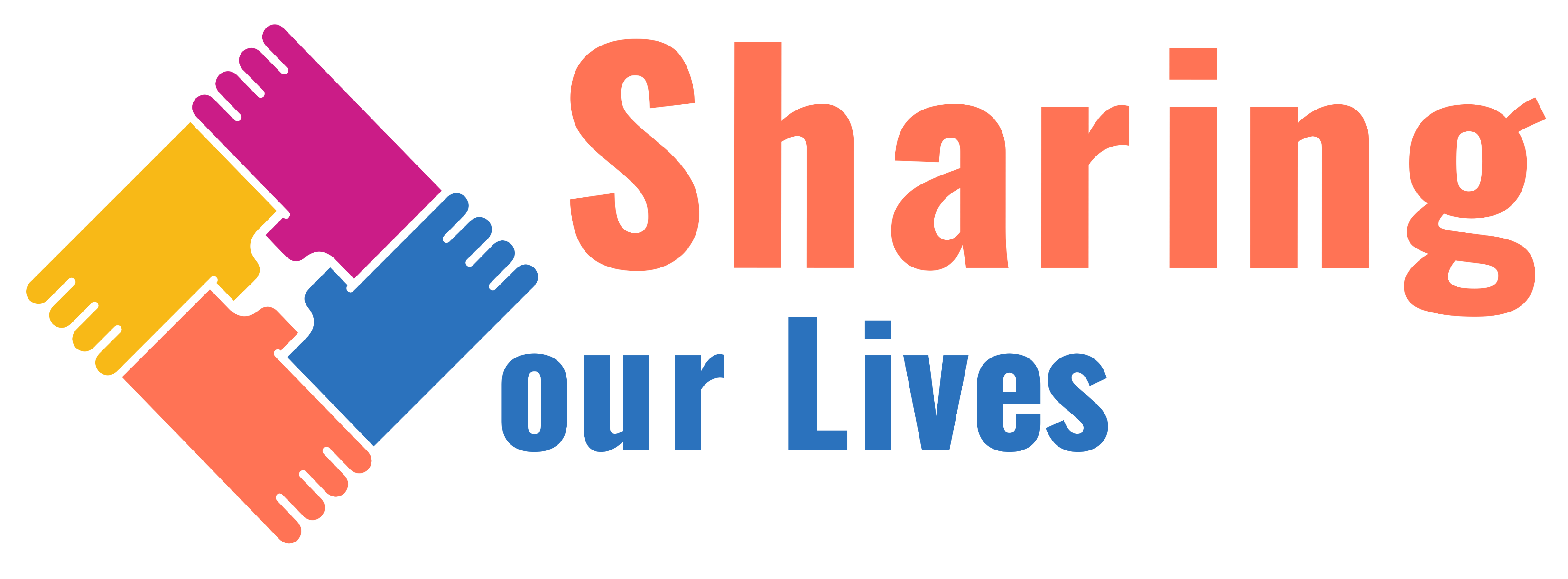Lesson 3
The Language of Compassion‘Understanding the Muslim Communities of Today’
Age group: 10 – 13yrs
Aim
To help understand pupils the diversity of Muslims in the UK and to focus on ‘Compassion’ as an important component of Islam
Learning Objectives
- Reinforce Islam as a most compassionate religion
- Understand that there is diversity within the ummah
- Encourage respect for Muslims who are different from us
- Discuss what it means for pupils.

Background
According to the Qur’an (Chapter 42: verse 13) all prophets are called ‘Muslims’. In this case we need to understand the term ‘Muslim’ and briefly reflect on the different names that we have for different religions. Why are they different? Who are the leaders of these different communities? Where did they come from? What are their beliefs?
After this discussion pupils should also be given understanding of different ‘sects’ within the Muslim community. Ask for some names that they may know? Add to that list. What could be the reasons for that? Briefly touch upon the reasons for the diversity focus on the core beliefs and practices. Inform them in different parts of the world Muslims practice their faith differently.
Coming back to the common practices reinforce ‘Compassion’ as an important element. In the differences of Muslims pupils should be given the understanding that the common elements make us Muslims and that differences should be handled with respect.
Activity
Icebreaker
Share objectives of lesson and the way we will deliver this
Show pictures of Muslims from different cultures/ countries/ backgrounds. Then write Muslim in the centre and ask for pupil’s understanding of the term. They can take turns to answer or write on post-its.
Show verse of the Qur’an (Chapter 42: verse 13) where all Prophets are mentioned as Muslims:
Now revisit the term Muslim
Time: 15 Mins.
Core Beliefs
What are the core beliefs of Muslims? Pupils to answer. Teacher to write on flip chart
Summarize the core beliefs, e.g. Oneness of Allah, Prophethood and akhira (judgement day)
Why do people have different interpretations?
Take answers from Pupils
Explain that some Quranic verses are open to multiple interpretations and ask pupils why they think this is.
Time: 10 Mins.
Resources: Flip chart paper, Felts
Understanding Different Perspectives
Give brief background about sectarianism in the Muslim community
Emphasise common elements
Explain different ways of practicing
Explain something of the Historical background/ political leadership/ place of origin
Different Madhabs (schools of thought) and the timeline for that:
Recap: the commonalities of Muslim belief of both Sunni and Shia include the Quran, Prophet, sirah, zakat salah, fasting, hajj, facing towards Makkah, the concept of sharia and Halal, nikkah.
Manners of Disagreement
The key question follows-is there an Islamic way of disagreeing amicably? Give examples from the life of the Prophet Muhammad when he sat down and talked to people. How he (PBUH) allowed differences
Time: 20 Mins.
Resources: Powerpoint, Projector, Screen
.
Reinforce Compassion
Refer back to lesson 1 and 2
After brief discussion on above reinforce ‘Compassion’ as an important element of Islam and show verses that require Muslims to be compassionate
Time: 10 Mins.
Resources: Refer to Maurice Irfan Coles article “Islam, compassion and education”
.



